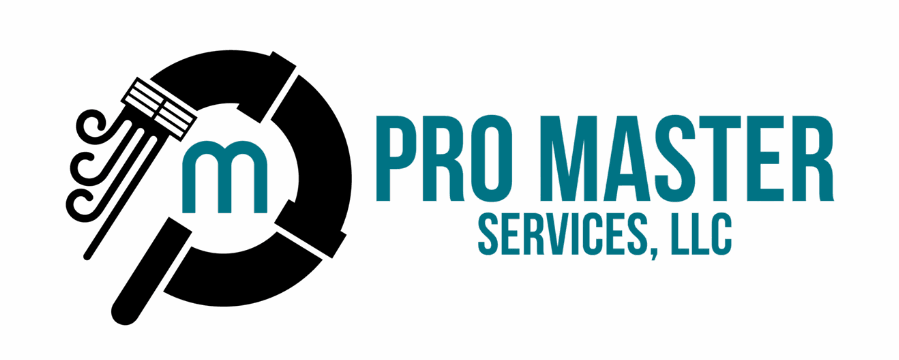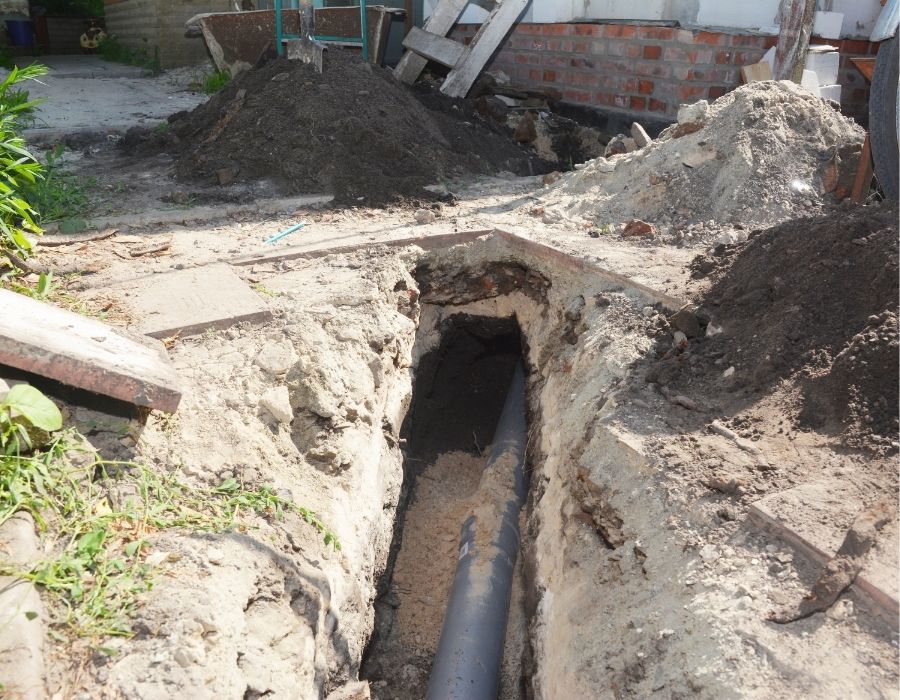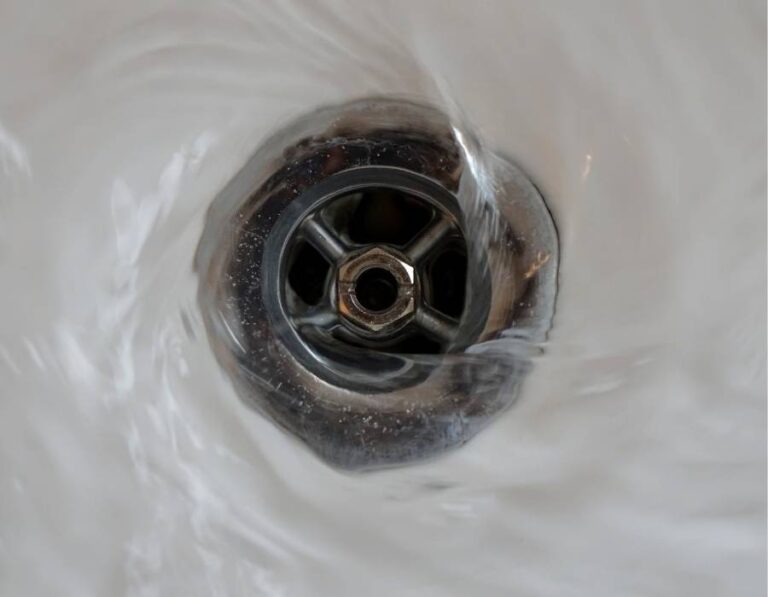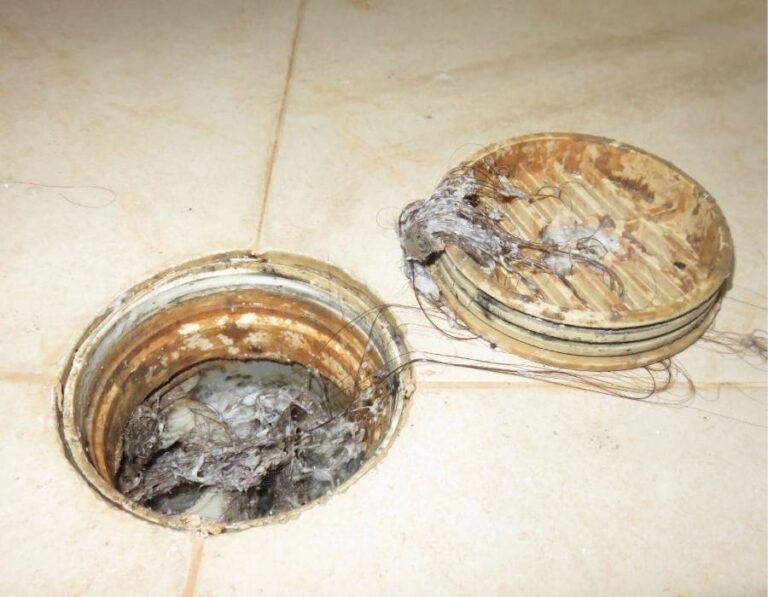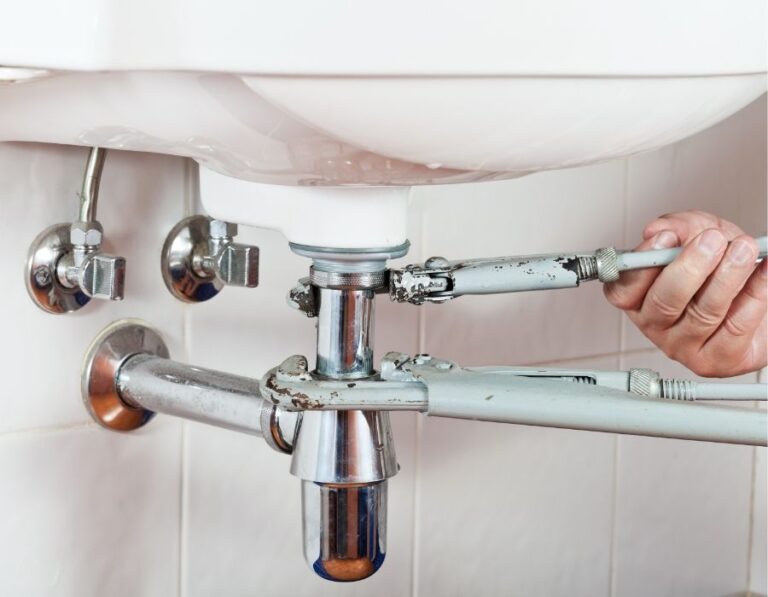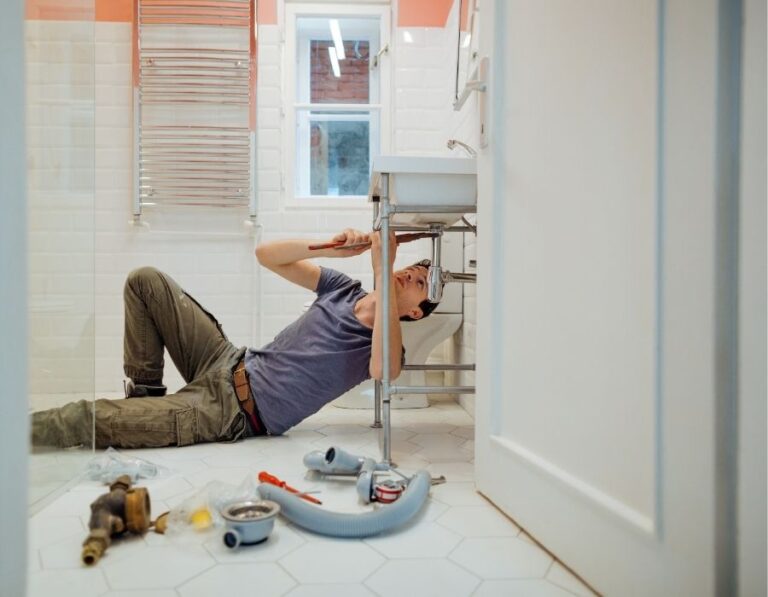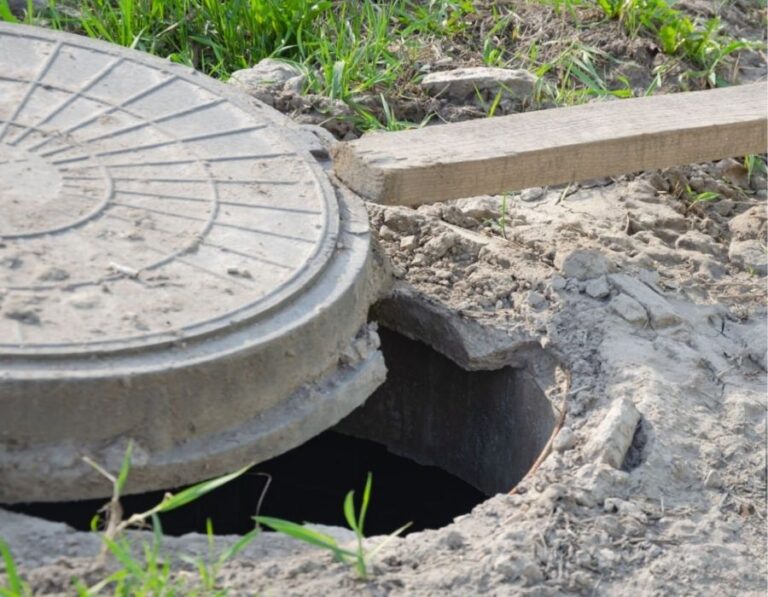Warning Signs of a Sewer Line Backup—and How to Fix It Fast
A sewer line backup is more than just a messy inconvenience—it’s a ticking time bomb for your property, health, and wallet. Left unchecked, it can lead to hazardous waste flooding your home, causing thousands in damage and posing serious health risks. In fact, the U.S. Environmental Protection Agency (EPA) estimates that at least 23,000 to 75,000 sanitary sewer overflow events occur in the United States each year .
Fortunately, your plumbing system often signals trouble before disaster strikes. Recognizing these red flags early can save you from costly repairs and health hazards. In this guide, we’ll explore the top warning signs of a sewer line backup and provide actionable steps to address them promptly.
7 Red Flags: Is Your Sewer Line in Trouble?

A healthy sewer line is essential for a smoothly running home. When issues arise, they can escalate quickly, leading to costly repairs and health hazards. Here are seven critical signs that your sewer line may be in trouble:
Multiple Fixtures Clogging at Once
If you find that multiple plumbing fixtures—such as your toilet, shower, and sink—are clogging simultaneously, this is a strong indicator of a main sewer line blockage. In a typical household plumbing system, individual fixtures connect to branch lines, which then feed into the main sewer line. When this main line becomes obstructed, it impedes the drainage of all connected fixtures, leading to widespread clogs throughout your home.
This issue is more severe than isolated clogs in single fixtures and often results from significant obstructions such as tree root intrusion, accumulated debris, or the flushing of non-flushable items. Prompt attention from a professional plumber is essential to diagnose and resolve the blockage, preventing potential health hazards and costly repairs.
Gurgling Noises from Drains
If you hear gurgling sounds coming from your drains or toilet, it’s more than just an odd noise—it’s your plumbing system signaling a potential issue. This sound typically indicates trapped air within the pipes, often due to a blockage or venting problem. As water struggles to flow past the obstruction, it forces air bubbles through the water, creating that distinctive gurgling noise.
Several factors can contribute to this phenomenon. Common causes include partial clogs from hair, grease, or debris; blocked vent pipes that disrupt air pressure balance; and issues with the main sewer line, such as tree root intrusion or sediment buildup.
Ignoring these sounds can lead to more severe problems, including slow drainage, water backups, or even sewer gas leaks . To address the issue, you might start with simple solutions like plunging the affected drain or using a drain snake. However, if the gurgling persists, it’s advisable to consult a professional plumber to inspect and resolve the underlying problem.
Regular maintenance and being mindful of what goes down your drains can help prevent such issues, ensuring your plumbing system functions smoothly.
Persistent Foul Odors Indoors
Persistent foul odors inside your home, particularly those resembling rotten eggs or sewage, are more than just unpleasant—they’re a serious warning sign of potential sewer line issues. These odors often indicate a breach or blockage in your plumbing system, allowing sewer gases to infiltrate your living spaces.
Sewer gas is a complex mixture of gases produced by the decomposition of organic waste in your plumbing system. Key components include hydrogen sulfide, methane, ammonia, and carbon dioxide. Hydrogen sulfide, responsible for the characteristic rotten egg smell, is particularly concerning. Even at low concentrations, it can cause irritation of the eyes, nose, and throat, as well as headaches and dizziness. Prolonged exposure to higher levels may lead to more severe health issues, including respiratory problems and, in extreme cases, loss of consciousness.
If you detect persistent sewer odors, it’s crucial to address the issue promptly. Begin by ensuring all plumbing traps have water by running water in unused sinks or drains. Check for visible signs of leaks or damage in your plumbing system. However, due to the potential health risks and complexity of the issue, it’s advisable to consult a licensed plumber to inspect and rectify the problem.
Water Backing Up in Tubs or Sinks
If you notice water backing up into your bathtub or sink when you flush the toilet or run the washing machine, it’s a clear indication of a significant plumbing issue. This phenomenon, known as backflow, occurs when wastewater cannot properly drain due to a blockage, causing it to reverse direction and emerge from lower fixtures in your home.
Standing Water or Sewage in the Yard
Discovering unexplained soggy patches or foul sewage odors in your yard—especially along the path of your sewer line—is a clear warning sign of a potential sewer line leak or blockage. These symptoms often indicate that wastewater is escaping underground, saturating the soil, and creating unsanitary conditions.
One common culprit behind such issues is tree root intrusion. Tree roots naturally seek out moisture and nutrients, making sewer lines an attractive target. They can infiltrate small cracks in pipes, and over time, their growth can cause significant blockages or even break the pipes entirely. This intrusion not only disrupts the flow of wastewater but also leads to leaks that manifest as soggy areas or sinkholes in your yard.
Additionally, if you notice unusually lush or rapidly growing patches of grass in specific areas, it could be due to leaking sewage acting as a fertilizer. While this might seem beneficial for your lawn, it’s a sign of an underlying problem that requires immediate attention.
Slow Draining Fixtures Throughout the Home
Experiencing slow drainage in multiple fixtures throughout your home—such as sinks, showers, and toilets—is more than a minor inconvenience; it often signals a significant issue within your plumbing system. While a single slow drain might result from a localized clog, widespread sluggishness typically indicates a blockage in your main sewer line.
The main sewer line serves as the central conduit for all wastewater exiting your home. When this line becomes obstructed, it impedes the proper flow of water, leading to slow drainage across various fixtures. Common culprits behind such blockages include the accumulation of debris, grease buildup, and the intrusion of tree roots seeking moisture. Over time, these factors can create significant obstructions, disrupting the efficiency of your entire plumbing system.
Overflowing Cleanout Pipes
If you observe water or sewage emerging from your cleanout pipe, it’s a clear indication of a significant blockage in your main sewer line. The cleanout pipe, typically located outside your home, serves as an access point for maintenance and clearing obstructions. Under normal conditions, it remains sealed and dry. However, when the main sewer line becomes clogged, wastewater has nowhere to go and can back up, forcing its way out through the cleanout.
Several factors can lead to such blockages. Common causes include the accumulation of debris, grease buildup, and the intrusion of tree roots seeking moisture. Over time, these elements can create significant obstructions, disrupting the flow of wastewater . Additionally, flushing inappropriate items like wipes, paper towels, or sanitary products can contribute to clogs.
Immediate Actions to Address a Sewer Backup

1. Cease All Water Usage
Stop using all water fixtures in your home to prevent exacerbating the backup. This includes toilets, sinks, washing machines, and dishwashers.
2. Call a Professional Plumber
Sewer line issues are complex and hazardous. Engage a licensed plumber equipped with the necessary tools and expertise to diagnose and resolve the problem safely.
3. Request a Sewer Camera Inspection
A camera inspection allows the plumber to visually assess the condition of your sewer line, identifying blockages, cracks, or root intrusions.
4. Consider Repair Options
Depending on the severity and location of the issue, solutions may include hydro jetting, trenchless sewer repair, or full line replacement. Your plumber will recommend the most appropriate method.
Preventive Measures to Safeguard Your Home
Maintaining your home’s sewer system is crucial to prevent costly repairs and ensure a healthy living environment. Here are some preventive measures to safeguard your home:
Regular Inspections
Scheduling routine sewer line inspections—ideally every one to two years—can help detect potential issues early. Professional inspections often utilize camera technology to identify blockages, cracks, or tree root intrusions before they escalate into major problems .
Proper Waste Disposal
Being mindful of what goes down your drains is essential. Avoid flushing non-biodegradable items such as wipes, sanitary products, and paper towels, as they can cause blockages. Similarly, do not pour grease or fats down the sink, as they can solidify and clog pipes.
Install Backwater Valves
Backwater valves are devices installed in the sewer line to prevent sewage from flowing back into your home during heavy rainfall or blockages. Installing one can be a proactive step to protect your property from potential sewer backups.
Tree Root Management
Tree roots can infiltrate sewer lines, leading to blockages and damage. To mitigate this risk, be cautious with landscaping near sewer lines. Plant trees and shrubs at a safe distance, and consider using root barriers to prevent roots from reaching the pipes.
Stay Ahead of Sewer Line Issues
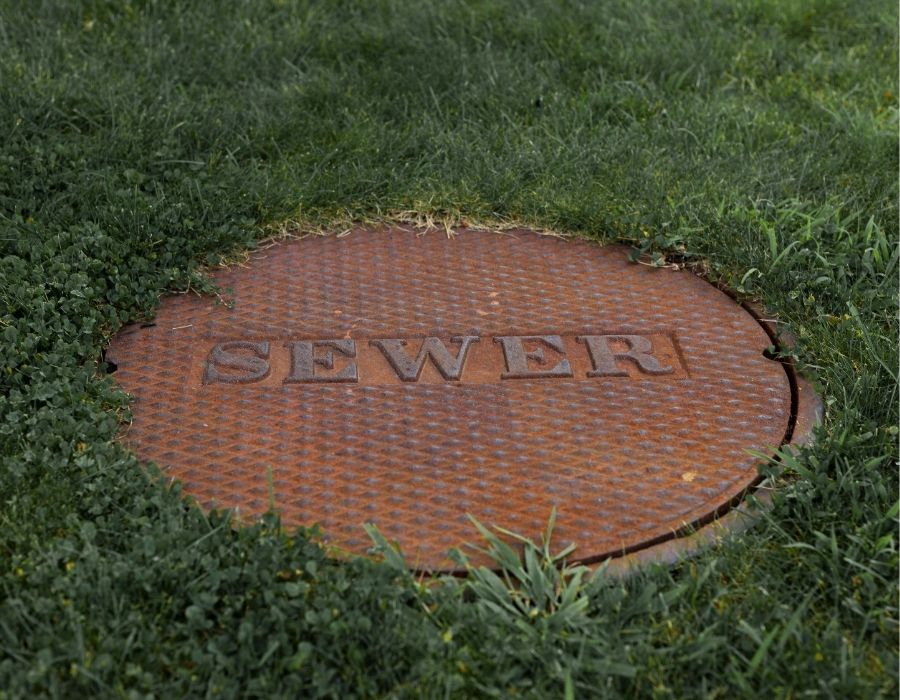
Sewer line backups are not just inconvenient—they can lead to significant property damage and health hazards if not addressed promptly. Recognizing early warning signs such as multiple fixture clogs, gurgling drains, or foul odors is crucial in preventing major plumbing emergencies. Regular maintenance, including routine inspections and proper waste disposal, plays a vital role in ensuring your plumbing system operates smoothly .
By taking proactive measures, you not only safeguard your home but also avoid costly repairs down the line. Remember, it’s always more efficient and economical to prevent problems than to fix them after they’ve escalated. Stay vigilant, maintain your sewer lines diligently, and consult professionals when in doubt to keep your home’s plumbing in top condition.
